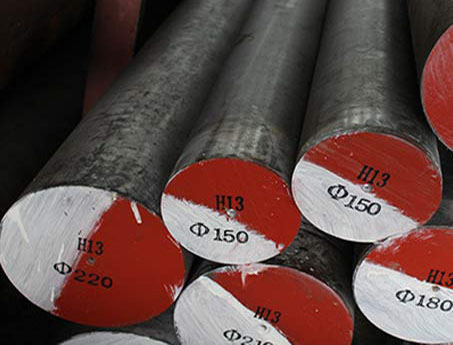H13 steel is a popular tool steel that is widely used in various industries due to its excellent mechanical properties, high toughness, and heat resistance. In this article, we will provide an overview of H13 steel, including its mechanical properties, metallographic analysis, chemical composition, and main applications.
Mechanical Properties
H13 tool steel has outstanding mechanical properties, including high toughness, excellent thermal conductivity, and high abrasion resistance. The hardness of H13 steel ranges from 58 to 62 HRC (Rockwell C Scale), making it ideal for applications requiring high resistance to wear and high temperatures.
Metallographic Analysis
The microstructure of H13 steel is mostly tempered martensite, with a small amount of bainite and retained austenite. The steel’s fine grain structure is facilitated by its low carbon and silicon content, providing a uniform distribution of carbides within the martensitic matrix. It also features a high level of wear resistance due to the presence of carbides.
Chemical Composition
H13 steel is an alloy steel that contains 1.0% carbon, 5.0% chromium, 1.4% molybdenum, 1.0% vanadium, and 0.4% silicon. The alloy composition plays a significant role in achieving the desired mechanical properties and heat resistance.
Main Application Fields
Due to its excellent mechanical properties, H13 tool steel is widely used in several industries, including automobile manufacturing, die casting, forging, plastic molding, and hot stamping. In the automotive industry, it is used to produce engine components, such as pistons, cams, and valves. It’s also ideal for making molds, dies, and other tool components that require high wear resistance and heat resistance.
Conclusion
H13 steel is an alloy steel that contains carbon, chromium, molybdenum, vanadium, and silicon. It has excellent mechanical properties, high abrasion resistance, and excellent thermal conductivity, making it ideal for use in various industries. Its primary applications include manufacturing engine components and tooling components, such as molds and dies. Knowing these properties and characteristics make H13 steel an essential tool for various jobs in manufacturing and automobile industries.
Because of so many advantages, H13 steel is currently the most widely used hot work tool steel


Leave A Comment